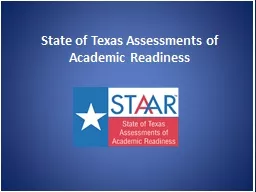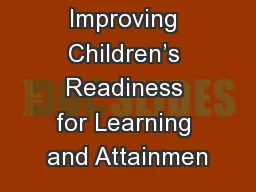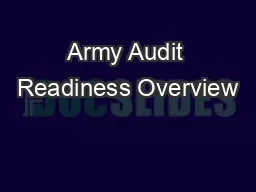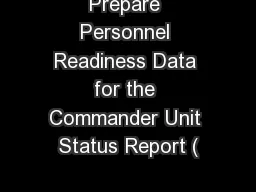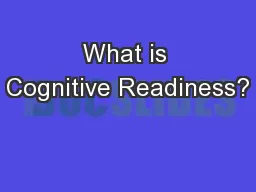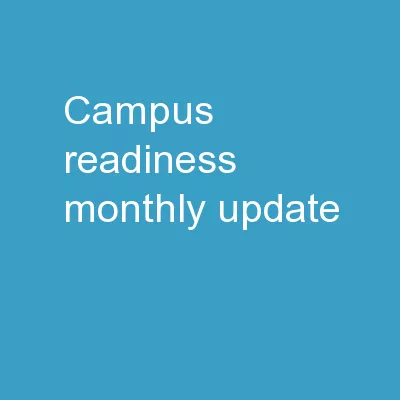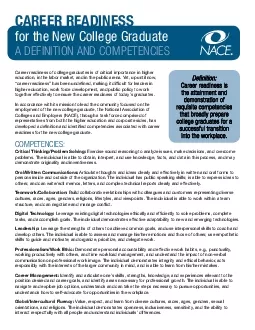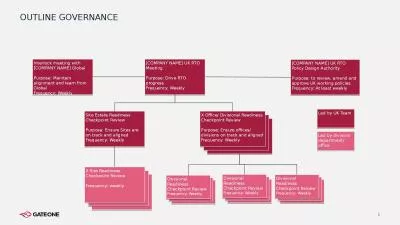PPT-State of Texas Assessments of Academic Readiness
Author : yoshiko-marsland | Published Date : 2018-09-17
General Information STAAR is a criterionreferenced test that measures a students performance in comparison to the curriculum standards Texas Essential Knowledge
Presentation Embed Code
Download Presentation
Download Presentation The PPT/PDF document "State of Texas Assessments of Academic R..." is the property of its rightful owner. Permission is granted to download and print the materials on this website for personal, non-commercial use only, and to display it on your personal computer provided you do not modify the materials and that you retain all copyright notices contained in the materials. By downloading content from our website, you accept the terms of this agreement.
State of Texas Assessments of Academic Readiness: Transcript
Download Rules Of Document
"State of Texas Assessments of Academic Readiness"The content belongs to its owner. You may download and print it for personal use, without modification, and keep all copyright notices. By downloading, you agree to these terms.
Related Documents

